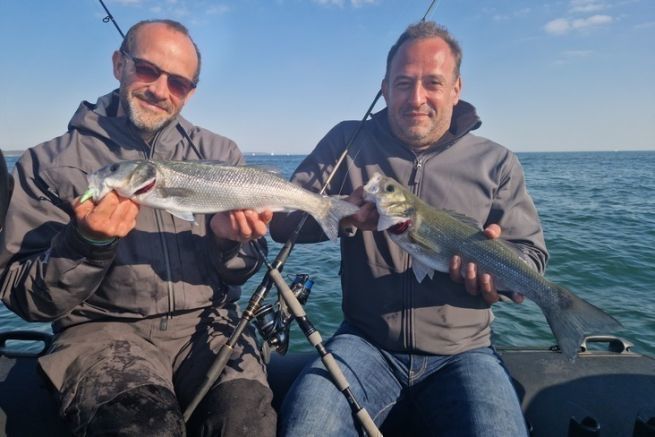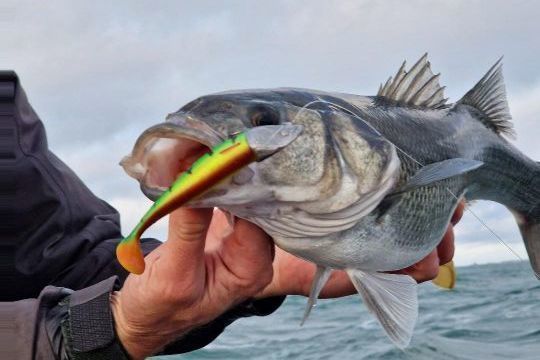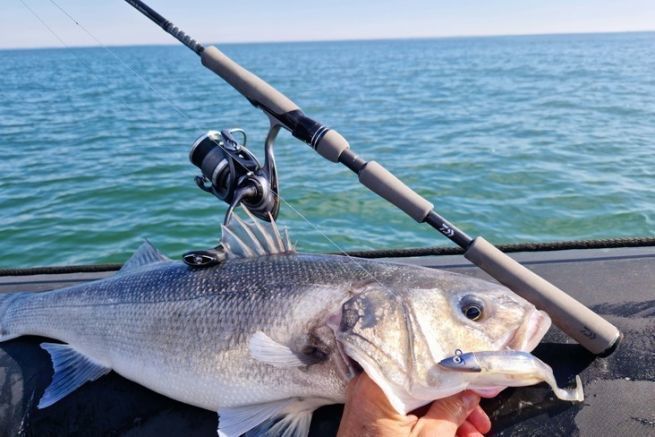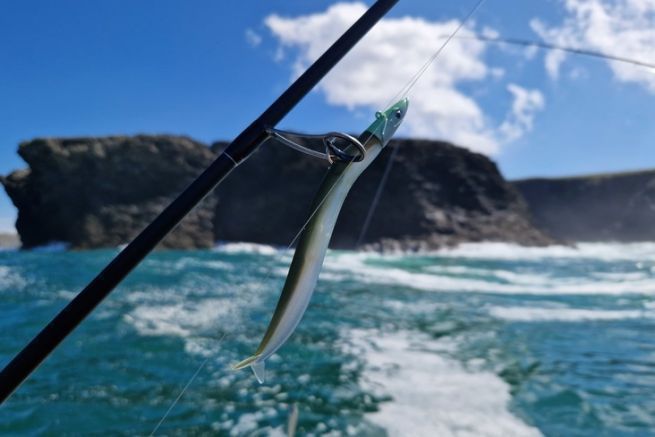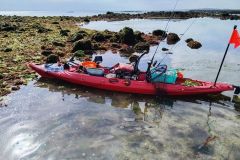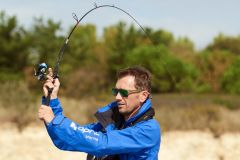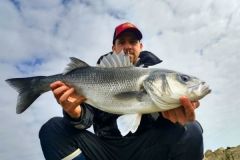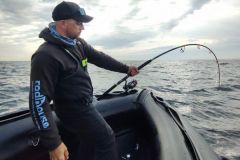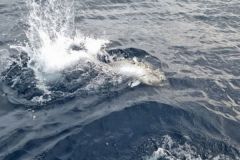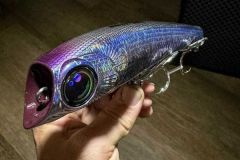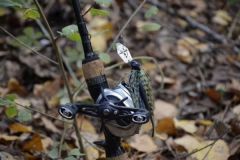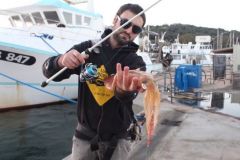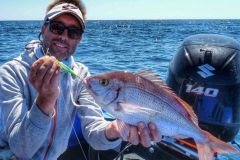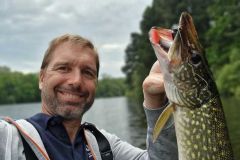When you're first starting out, you never know where to go once you leave port, and conversely, when the sonar is overflowing with waypoints, it's important to make a good selection for the day's trip.
Let's see how to set up and correct your next outing strategy!
Establish an action plan based on the conditions
There are no miracle spots that harbor fish all year round whatever the conditions. Apart from some specific spots linked to the conditions that we have described in a previous topic, it could be possible, butâeuros¦ We must be lucid, the resource is dwindling and fishing pressure is increasing! So it is logical that the bars are more careful about their holding areas.
It is therefore important to focus your attention on the previous outings of course, but also on the following criteria depending on your knowledge of your spots:
- Thermal comfort and the need for heat or coolness.
- The current stress of the spot depending on the light and the local agitation.
- Wind direction (land or sea).
- The time and the tidal coefficient.
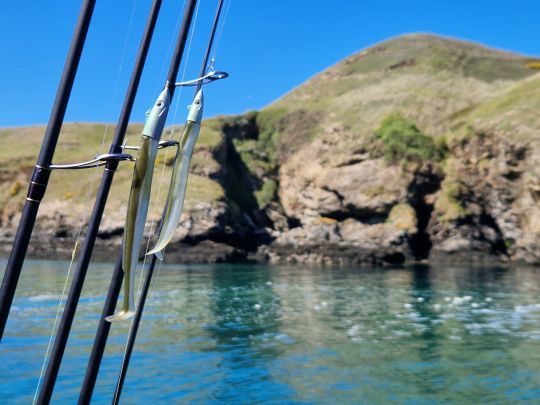
Observe the activity
On the day, once on the water in the determined area AND on the route, it is essential to be attentive to the activity. It can be particularly visible thanks to birds and their presence, especially if they sting, should incite you to deviate your route. But it can also be the presence of dolphins, the identification of forage balls or small predators (mackerel or horse mackerel) with the depth sounder, or the presence of many fishermen in an area.
In the latter case, I invite you to visit the area respecting the highest rules of courtesy, namely to pass off them, not to visit the same stones, etcâeuros¦
Look for and observe food
Depending on the topography of the spots, you can deduce the type of food present on the area. Indeed, the sandy areas will generally shelter sandeels while you find in open water "blue" fishes and on the edge plateaus, crustaceans and gobies.
But beyond that, it's important to watch for the slightest clue with polarized glasses when the water is clear or when you catch a bass. For example, it may spit out a prey item or you may identify a color or a dominant lure shape for example.

Choose an approach and lures based on your observations
Depending on your observations but also on the state of activity of the bass (intense or not), you must then choose lures adapted to the coveted prey in terms of shape, size and colors, but also adopt animations and presentations that correspond. If you detect a hunt in the open water on small sardines, a blue lure of 10-12 centimeters animated quickly in linear high in the water layer is likely a first track to exploit.
Expand the area
When you find an area of activity, even if your plan was to go elsewhere, you must exploit it and expand the search area around the nerve center as the activity dwindles. Chances are, the surrounding rocks or plateaus are also inhabited by some predators.
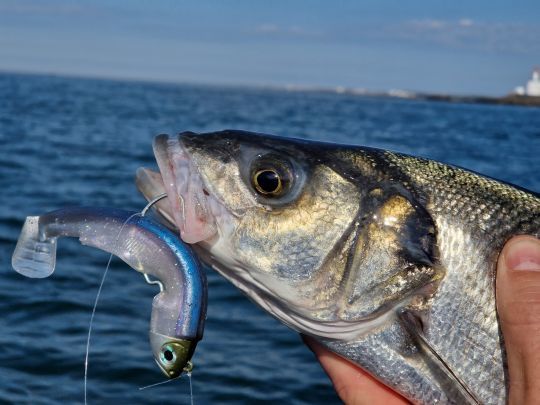
Vary the topography of the spots and reproduce
On the other hand, when your strategy doesn't work and you don't find any sign of activity, it is important to vary the areas of prospection even if it means going a few nautical miles and especially visiting spots whose topography is totally different, even if they seem contrary to logic.
If you identify a productive spot, try to prospect for one with similar characteristics. Some days, for reasons identifiable or not, only a specific spot topography will work.
Analyze
Trips are always a source of learning for the following trips. Without necessarily keeping a fishing log, try as much as possible to analyze your trips and note some assumptions. For example, the time of the tide or the wind or light conditions in which a spot was productive or not.
These annotations are only hypotheses and not conclusions. But, similar conditions may allow you to confirm your intuitions during the following outings.
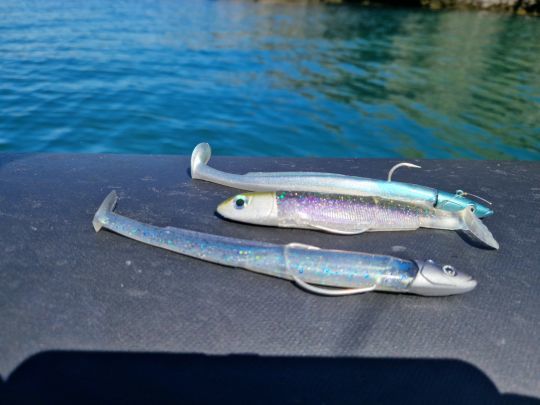
Just fish
The main objective for successful fishing is to find active fish, as it is obvious that they are much easier to lure than those who are apathetic.
These fish, as long as your lure is well presented, will bite on the first few casts. With this in mind, simply fish and focus your attention on choosing your spots, looking for activity and matching your lure to the prey being hunted.

 /
/ 